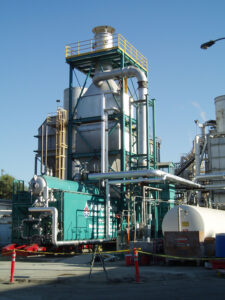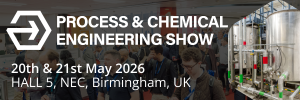Why NOx optimisation is the next step in boiler sustainability and efficiency

Within today’s industrial environment, emissions compliance has shifted from being a singular achievement to a continuous obligation. Since the mid-1980s, regional air districts have systematically tightened emissions standards, particularly in severe non-attainment areas like California. With routine regularity, industrial operators are being required to further reduce nitrogen oxide (NOx) emissions; from 9 ppm to 7 ppm to 5 ppm, and now to 2.5 ppm. Although these reductions may seem incremental, the resources, costs, and operational disruptions required to meet these evolving emissions standards can be significant. Consequently, forward-looking companies are reevaluating their emissions control strategies, transitioning from a short-term reactive approach to more proactive, future-oriented designs.
Why Are NOx Limits Still Dropping?
Much of the pressure to reduce NOx emissions originates from the Environmental Protection Agency (EPA). The EPA’s role is to...













